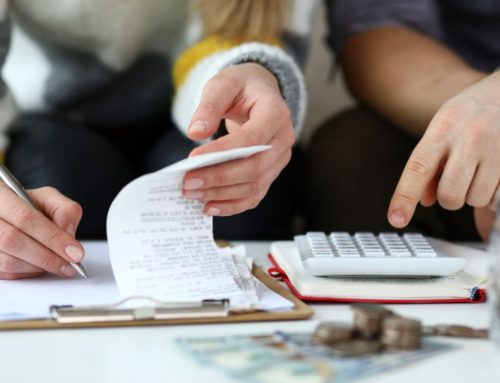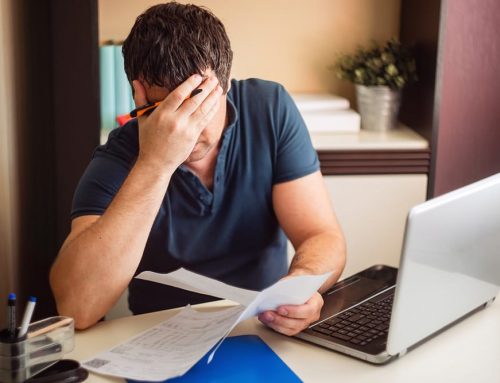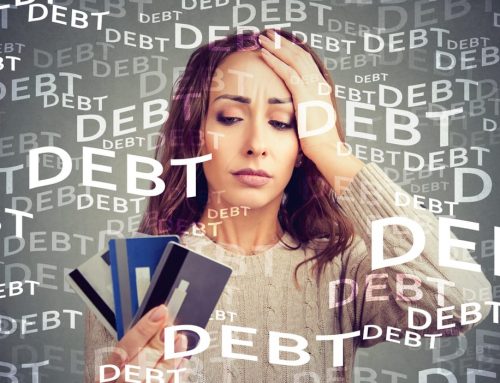Filing for bankruptcy is a serious step that will affect your life in many ways. Learn how bankruptcy works and what to expect when you file for bankruptcy.
If you’ve been following our blogs and podcasts, you’ll know that Andrea Orr is a Licensed Insolvency Trustee (LIT) located in Windsor, providing financial distress throughout the Windsor community to get back on their feet.
REASONS FOR FILING FOR BANKRUPTCY
While most of us are familiar with what it means to file for bankruptcy, it doesn’t mean that it’s the only option you can take. Alternatives to bankruptcy could help you and your family get back on track.
Bankruptcy has, for years, been the last resort for many people in financial trouble. So, what does it mean to file bankruptcy, and what do you have to expect if you decide to take this route?
1. Start the bankruptcy process with a Licensed Insolvency Trustee
A Licensed Insolvency Trustee can help you fill out bankruptcy forms and determine if declaring bankruptcy is the right process for you. Whether you’re considering declaring bankruptcy to help solve your current financial problems or you’ve been contacted by the Canada Revenue Agency for unpaid taxes, a licensed insolvency trustee can help.
The choices you make with regard to bankruptcy can have a strong impact on your financial future. There are some rules that dictate when and how you can file for bankruptcy, but declaring bankruptcy is an option if you are unable to meet your debt obligations.
Learn more about the rules involving bankruptcy from this free assessment guide.
2. File the paperwork for Bankruptcy
Bankruptcy is a complex and difficult process, which is why you need to file the paperwork for bankruptcy in Canada. You will have to sign at least two legal documents: an assignment and a statement of affairs. The Assignment is a list of your assets and liabilities, while the Statement of affairs is a list of your income, expenses, and family situation. After filing the papers, you will be legally bankrupt and cannot take certain actions without a court order. Keep copies of all bankruptcy notices you are sent by your trustee.
3. What happens after filing bankruptcy?
To ensure that your financial obligations are met and that your creditors receive compensation for their losses, you are required to complete certain rules such as;
- Counselling
- File reports
- Pay taxes
Read more about How long Bankruptcy can last
- Move forward
Building your credit score is the first step in rebuilding your credit profile. The next step would be to begin paying off the debt that led to bankruptcy but start by building your credit scores. Start by putting a freeze on your existing credit cards, then use only one card for purchase transactions while paying off this balance each month.
PAYBACK PART OF YOUR DEBT OVER UP TO 5 YEARS
A consumer proposal is a debt settlement agreement that is legally binding. It offers protection against a creditor taking legal action against you or garnishing your wages. It is the only debt settlement program sanctioned by the Canadian government.
See our FAQS about your common questions that will help to get more ideas and if you are ready to be debt free in bankruptcy, book a discovery call today!









Leave A Comment
You must be logged in to post a comment.